Home>Renovation & DIY>Tools & Equipment>How To Use A Screwdriver To Start A Car
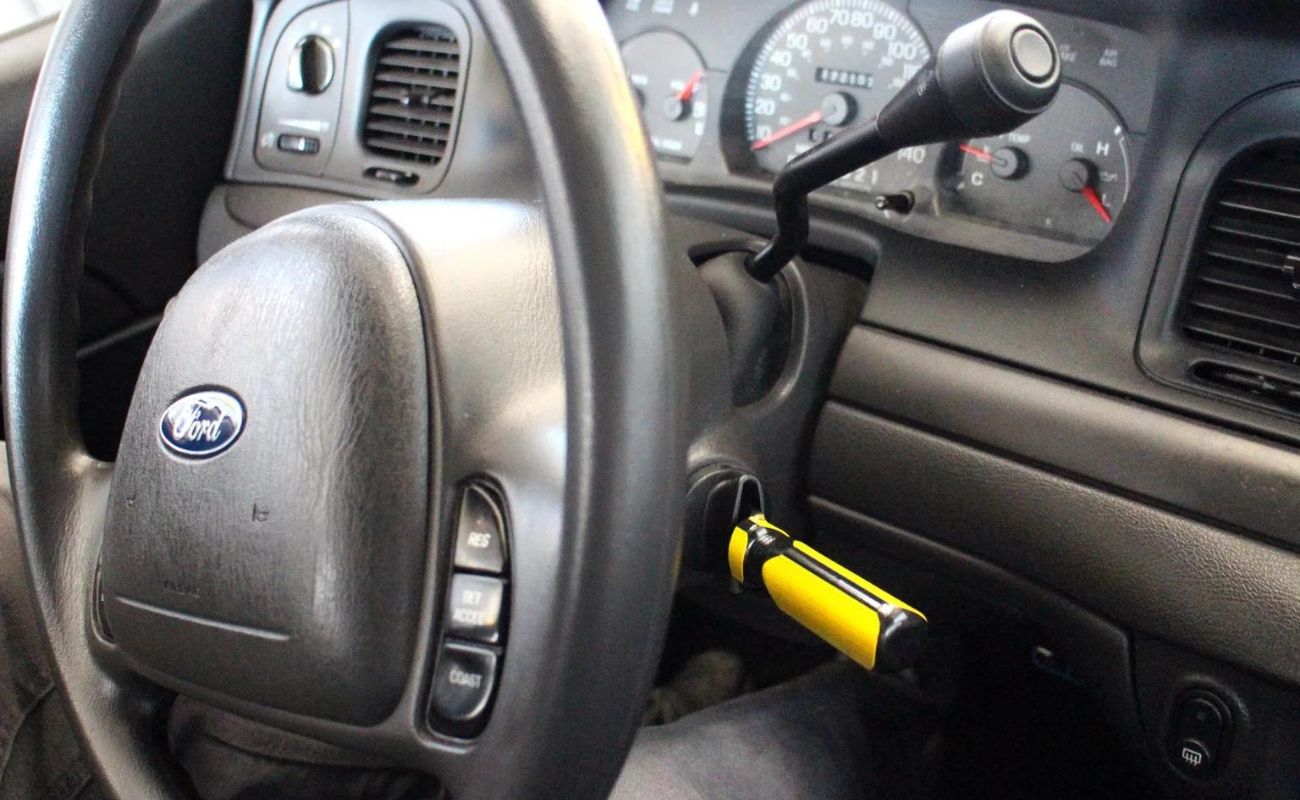

Tools & Equipment
How To Use A Screwdriver To Start A Car
Modified: January 3, 2024
Learn how to use a screwdriver as a tool for starting your car when you're in a pinch. Equip yourself with the necessary tools and knowledge to get moving again.
(Many of the links in this article redirect to a specific reviewed product. Your purchase of these products through affiliate links helps to generate commission for Storables.com, at no extra cost. Learn more)
Introduction
Welcome to our comprehensive guide on how to use a screwdriver to start a car. If you find yourself in a situation where your car’s ignition switch is faulty or your key is lost, a screwdriver can be a handy tool to get your vehicle up and running again. While this method should only be used in emergency situations, it can help you get back on the road temporarily until you can arrange for proper repairs.
However, before we proceed, it’s important to note that this technique should only be attempted if you have a good understanding of how cars work and are comfortable working under the hood. Safety should always be the top priority when working with any tools or equipment, and exercising caution is crucial when using a screwdriver to start a car.
In this article, we will guide you through each step of the process, ensuring that you have the necessary knowledge to perform this task safely and correctly. So, let’s dive in and learn how to use a screwdriver to start a car!
Key Takeaways:
- In emergency situations, a screwdriver can temporarily start a car, but safety precautions and professional repairs should always be prioritized for long-term solutions.
- Prioritize safety, consult a professional mechanic, and handle the screwdriver with care to avoid damage to the ignition switch while using it as a temporary solution.
Safety Precautions
Before attempting to start your car with a screwdriver, it’s important to prioritize safety. Here are some key precautions to keep in mind:
- Wear protective gear: Whenever you’re working under the hood, it’s important to protect yourself. Wear gloves, safety glasses, and appropriate clothing to prevent any potential injuries.
- Ensure a stable work environment: Park your car on a flat and stable surface to prevent it from rolling or moving during the process.
- Disconnect the battery: Before attempting any repairs or modifications, disconnect the battery to minimize the risk of electrical shock. Refer to your car’s manual for instructions on how to properly disconnect the battery.
- Handle the screwdriver with care: Make sure you’re using a sturdy and reliable screwdriver. Inspect it for any defects or damages before using it to start your car.
- Keep your hands away from moving parts: Ensure that your hands and fingers are clear of any moving belts, fans, or other components under the hood while attempting to start the car.
- Have a backup plan: Even if you’re successful in starting the car with a screwdriver, it’s important to remember that this is only a temporary solution. Make sure to have a plan in place to get the ignition switch repaired or replaced as soon as possible.
Always exercise caution and common sense when working on your car. If you’re unsure about any step of the process, it’s best to consult a professional mechanic to avoid any potential risks or further damage to your vehicle.
Step 1: Gather the Necessary Tools
Before you begin the process of using a screwdriver to start your car, you’ll need to gather a few essential tools. Here’s what you’ll need:
- A flat-head screwdriver: Choose a sturdy screwdriver with a flat tip. Make sure it’s the right size to fit into the ignition switch slot.
- Protective gloves: It’s always a good idea to wear protective gloves while working under the hood. This will help prevent any injuries and provide a better grip on the screwdriver.
- Flashlight: A reliable flashlight will be handy if you’re working in a dimly lit area or at night, allowing you to clearly see the ignition switch.
Once you have these tools ready, you’ll be well-prepared to move on to the next steps in the process.
It’s important to note that this method should only be used as a temporary solution in emergency situations. It’s always best to rely on a professional mechanic to diagnose and fix any underlying issues with your car’s ignition switch.
Now that you have the necessary tools, let’s move on to locating the ignition switch.
Step 2: Locate the Ignition Switch
Before you can start your car using a screwdriver, you need to locate the ignition switch. The ignition switch is typically located on the steering column, dashboard, or console of your car, depending on the make and model. Look for a small slot or opening where the key is normally inserted.
If you’re having trouble finding the ignition switch, consult your car’s manual or do a quick online search for the specific location in your vehicle. Different car models may have their ignition switches positioned in slightly different places.
Once you’ve identified the location of the ignition switch, take a moment to study it and ensure that you have a clear understanding of how the slot is designed. This will help you insert the screwdriver correctly in the next step.
It’s important to note that while some older car models may have visible ignition switches on the steering column, newer models often have push-button ignition systems or keyless entry. In these cases, using a screwdriver to start the car may not be possible or may cause further damage. If you have a newer car model or are unsure about the compatibility, it’s best to consult a professional mechanic.
With the ignition switch located, you’re ready to move on to preparing the screwdriver for use.
Step 3: Prepare the Screwdriver
Now that you have located the ignition switch, it’s time to prepare the screwdriver for use. Here are the steps to follow:
- Ensure the screwdriver is clean: Before using the screwdriver, make sure it is free from any dirt, grease, or debris. Wipe it clean using a cloth or paper towel to prevent any interference or damage to the ignition switch.
- Check the size and shape: Verify that the screwdriver is the correct size and shape to fit into the ignition switch slot. If it doesn’t fit properly, you may need to find a different screwdriver that is compatible.
- Secure your grip: Hold the screwdriver firmly and make sure you have a comfortable and secure grip. This will help you maneuver and operate the screwdriver more effectively.
It’s crucial to use a flat-head screwdriver for this process as other types, such as Phillips or Torx, may not work or could cause damage to the ignition switch.
Once you have cleaned and prepared the screwdriver, you’re ready to move on to the next step: inserting the screwdriver into the ignition switch.
Make sure the screwdriver fits into the ignition slot and turn it as you would a key. Be cautious of potential damage to the ignition system.
Read more: How To Open A Car Trunk With A Screwdriver
Step 4: Insert the Screwdriver into the Ignition Switch
Now that you have prepared the screwdriver, it’s time to insert it into the ignition switch. Follow these steps:
- Position the screwdriver: Align the flat tip of the screwdriver with the slot in the ignition switch. Make sure the screwdriver is inserted straight and parallel to the ground.
- Gently push the screwdriver in: Apply slight pressure and carefully push the screwdriver into the ignition switch slot. Be cautious not to use excessive force, as it can damage the switch or the screwdriver.
- Insert the screwdriver fully: Continue pushing the screwdriver until it is fully inserted into the ignition switch. Ensure that it is securely seated in the slot.
It’s important to note that when inserting the screwdriver, you should avoid angling or twisting it. Inserting it straight and parallel will help maintain the integrity of the ignition switch and minimize any potential damage.
Once the screwdriver is inserted completely in the ignition switch, you’re ready to move on to the next step: turning the screwdriver to start the car.
Step 5: Turn the Screwdriver to Start the Car
With the screwdriver securely inserted into the ignition switch, it’s time to turn it to start the car. Follow these steps to start the engine:
- Apply gentle pressure: Hold the screwdriver firmly in place and apply gentle pressure downward or in the direction indicated by the slot in the ignition switch.
- Feel for resistance: As you apply pressure, you may feel some resistance or a slight click. This indicates that the screwdriver has engaged the internal mechanism of the ignition switch.
- Turn the screwdriver: Once you feel the resistance or click, carefully turn the screwdriver in a clockwise direction as you would with a key in the ignition. This will initiate the starting process.
It’s important to note that depending on the car’s make and model, you may need to turn the screwdriver further or in a different direction to start the engine. If the engine does not start, try adjusting the angle or pressure applied by the screwdriver.
Remember, this method should only be used as a temporary solution in emergency situations. Once the engine is running, you can remove the screwdriver from the ignition switch.
Now that you’ve successfully started the car with the screwdriver, it’s essential to follow the next step: releasing the screwdriver from the ignition switch.
Step 6: Release the Screwdriver from the Ignition Switch
After successfully starting the car using the screwdriver, it’s important to release it from the ignition switch properly. Follow these steps:
- Turn off the engine: Once the engine has started, let it run for a few moments to ensure it’s running smoothly. Turn off the engine by gently turning the screwdriver counterclockwise to the “off” position.
- Remove the screwdriver: With the engine turned off, carefully and slowly remove the screwdriver from the ignition switch. Take your time to prevent any unintentional damage or accidents.
- Restore ignition switch functionality: After removing the screwdriver, inspect the ignition switch to make sure it’s functioning properly. If you notice any abnormalities or difficulties with the switch, it’s best to consult a professional mechanic to address any underlying issues.
Remember, using a screwdriver to start a car should only be a temporary solution in emergency situations. It’s crucial to arrange for proper repairs or a replacement for the ignition switch as soon as possible.
By following these steps and exercising caution, you can safely use a screwdriver to start your car in an emergency situation. However, it’s always recommended to consult a professional mechanic for a long-term solution and to ensure the proper functioning of your vehicle.
With the screwdriver safely removed, you’ve successfully used a screwdriver to start your car. However, keep in mind that this method should only be used in emergencies and is not a substitute for proper repairs. Let’s conclude this guide with some additional tips and warnings.
Conclusion
In situations where you find yourself unable to start your car due to a faulty ignition switch or a lost key, using a screwdriver as a temporary solution can be useful. However, it’s important to remember that this method should only be used in emergencies and is not a long-term solution.
We’ve provided you with a step-by-step guide on how to use a screwdriver to start your car, emphasizing the importance of safety precautions throughout the process. It’s crucial to prioritize your safety and exercise caution when working under the hood of your car.
Always remember that using a screwdriver as a makeshift ignition switch is not a sustainable solution. While it may get you back on the road temporarily, it’s essential to have the ignition switch repaired or replaced as soon as possible by a professional mechanic.
By following the steps outlined in this guide and being mindful of safety precautions, you can successfully start your car using a screwdriver in emergency situations.
Lastly, it’s important to emphasize that this guide is intended for informational purposes only and should not replace professional advice. If you’re unsure or uncomfortable with any step of the process, it’s best to consult a qualified mechanic to avoid any potential risks or further damage to your vehicle.
Stay safe on the road, and remember that your vehicle’s maintenance should always be handled by experts.
Read more: How To Use A Screwdriver
Additional Tips and Warnings
Before we conclude, here are some additional tips and warnings to keep in mind when using a screwdriver to start a car:
- Use this method only in emergencies: The screwdriver method should only be used as a last resort when you’re unable to start your car using the conventional key or ignition system.
- Consult a professional: While using a screwdriver can temporarily solve the ignition switch issue, it’s important to consult a professional mechanic to properly diagnose and repair the problem.
- Prevent damage to the ignition switch: Always handle the screwdriver with care and avoid applying excessive force. Mishandling the screwdriver can cause damage to the ignition switch, resulting in more costly repairs.
- Keep the screwdriver clean: Regularly clean and maintain your screwdriver to ensure it’s in good working condition. A dirty or damaged screwdriver may not fit properly into the ignition switch slot.
- Be cautious of electrical components: Understand the layout of your car’s ignition system and avoid contact with any electrical components while using the screwdriver. This will help prevent electrical shocks or further damage.
- Always prioritize safety: Safety should be your top priority when working under the hood of your car. Wear protective gear, work in a well-lit area, and exercise caution throughout the process.
Remember, using a screwdriver to start a car is a temporary solution. It’s crucial to seek professional assistance to address any underlying issues with your car’s ignition switch.
By following these additional tips and exercising caution, you can successfully use a screwdriver to start your car while ensuring the safety of yourself and your vehicle.
Be responsible and take proper care of your car’s maintenance to avoid unforeseen issues with the ignition system in the future.
Frequently Asked Questions about How To Use A Screwdriver To Start A Car
Was this page helpful?
At Storables.com, we guarantee accurate and reliable information. Our content, validated by Expert Board Contributors, is crafted following stringent Editorial Policies. We're committed to providing you with well-researched, expert-backed insights for all your informational needs.
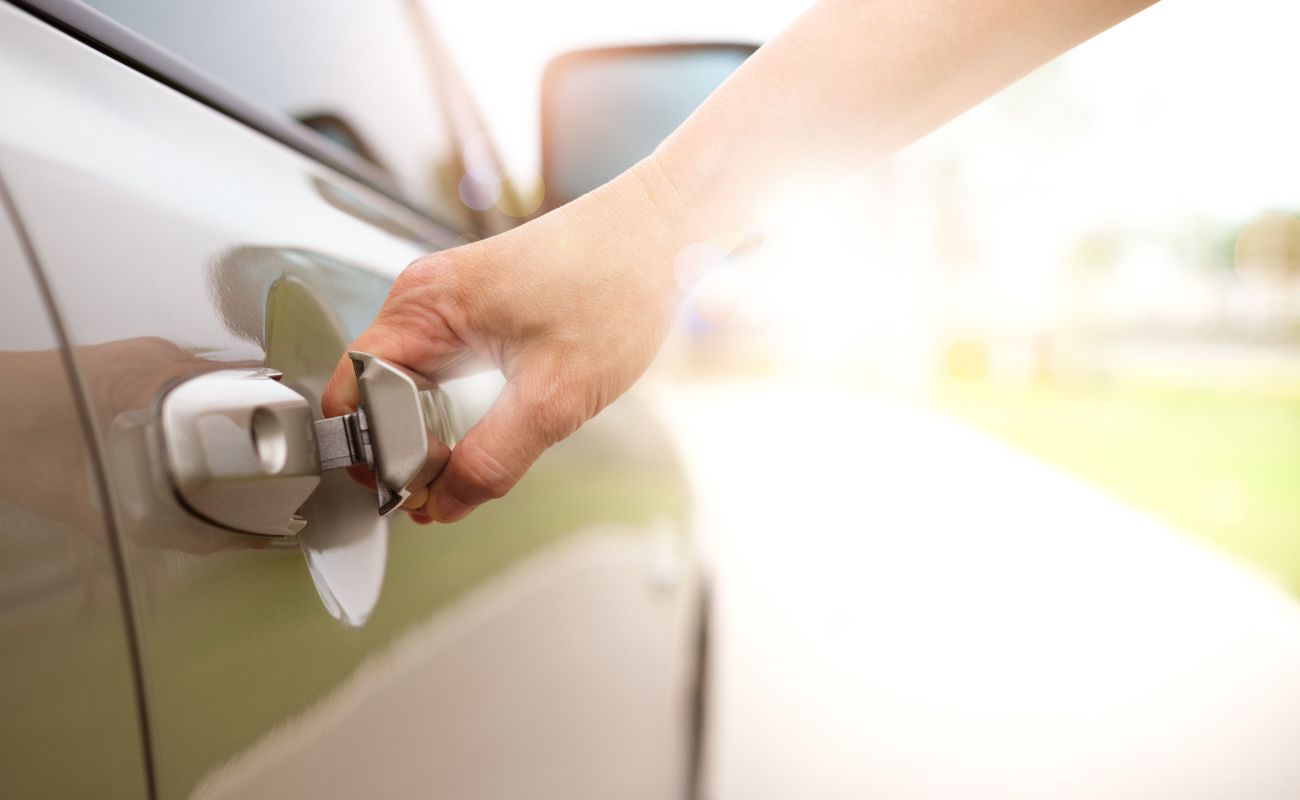
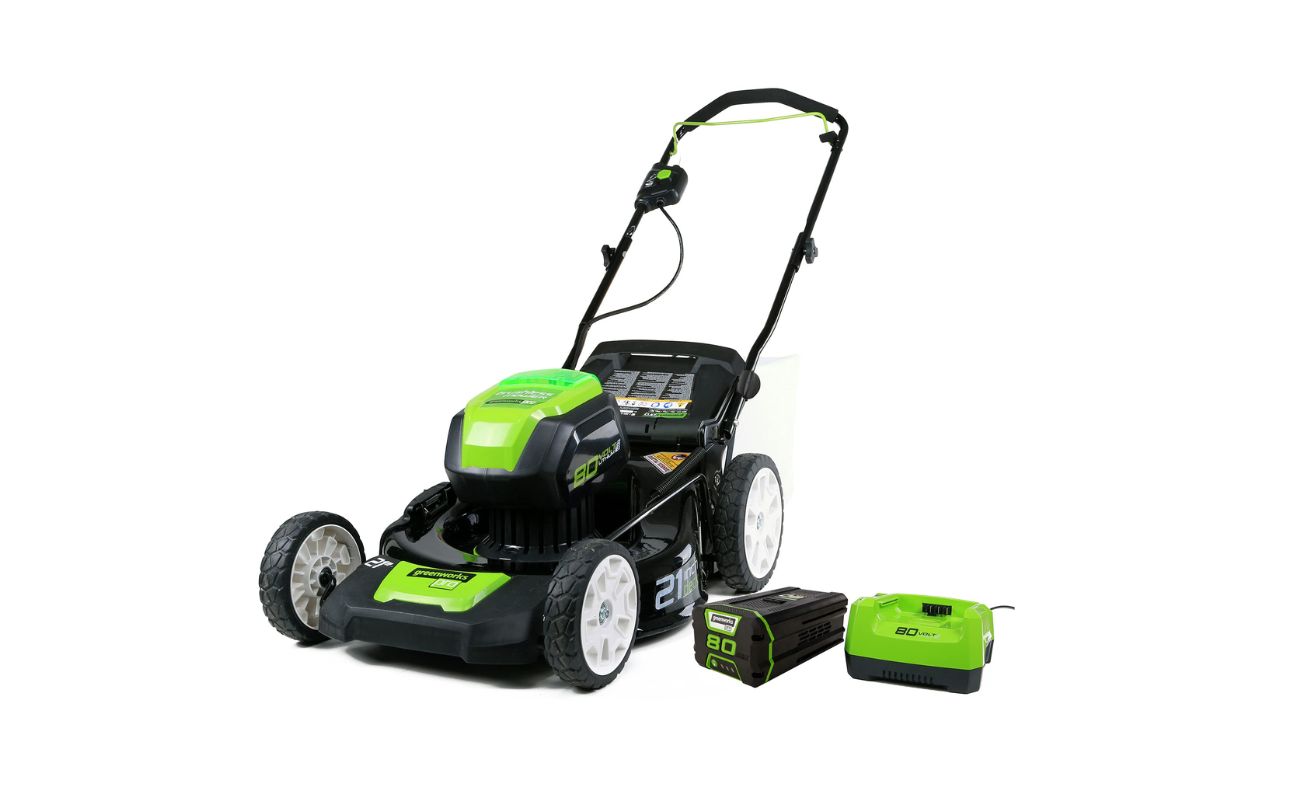
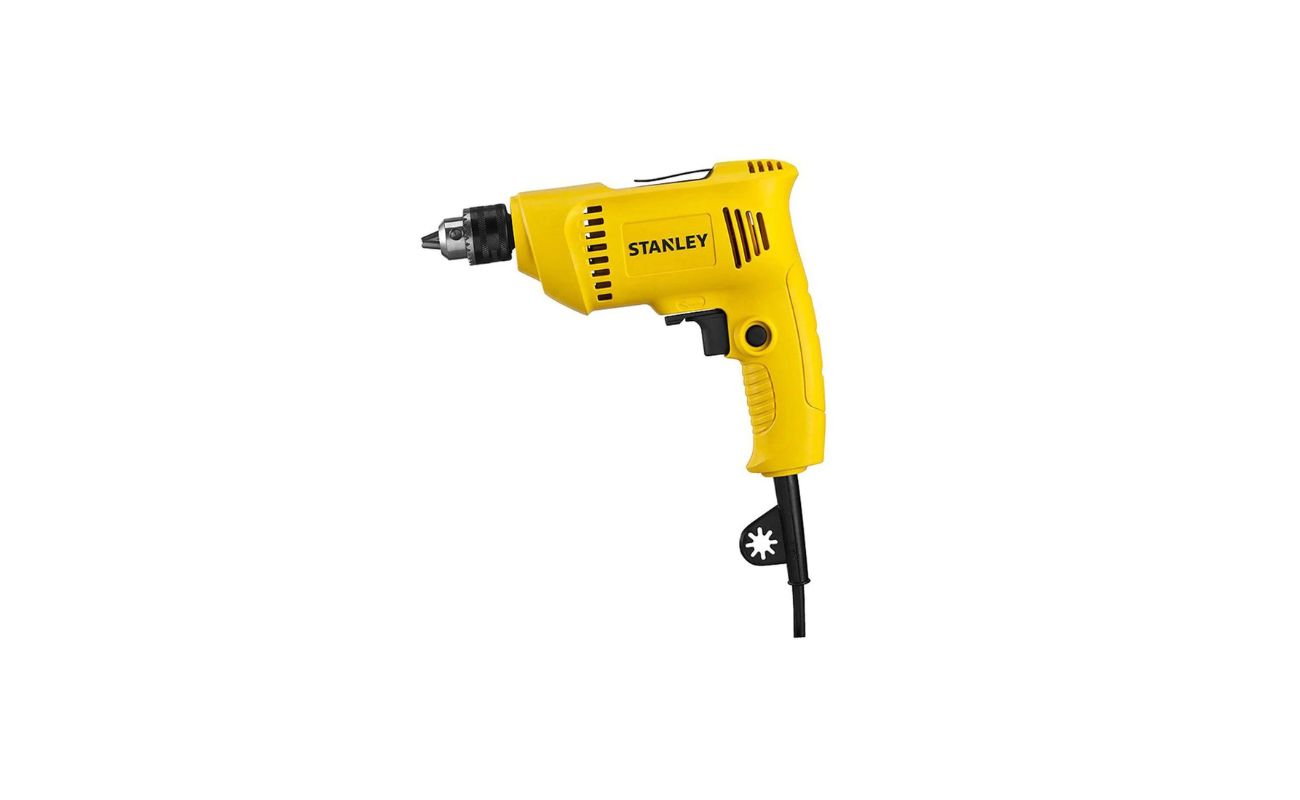
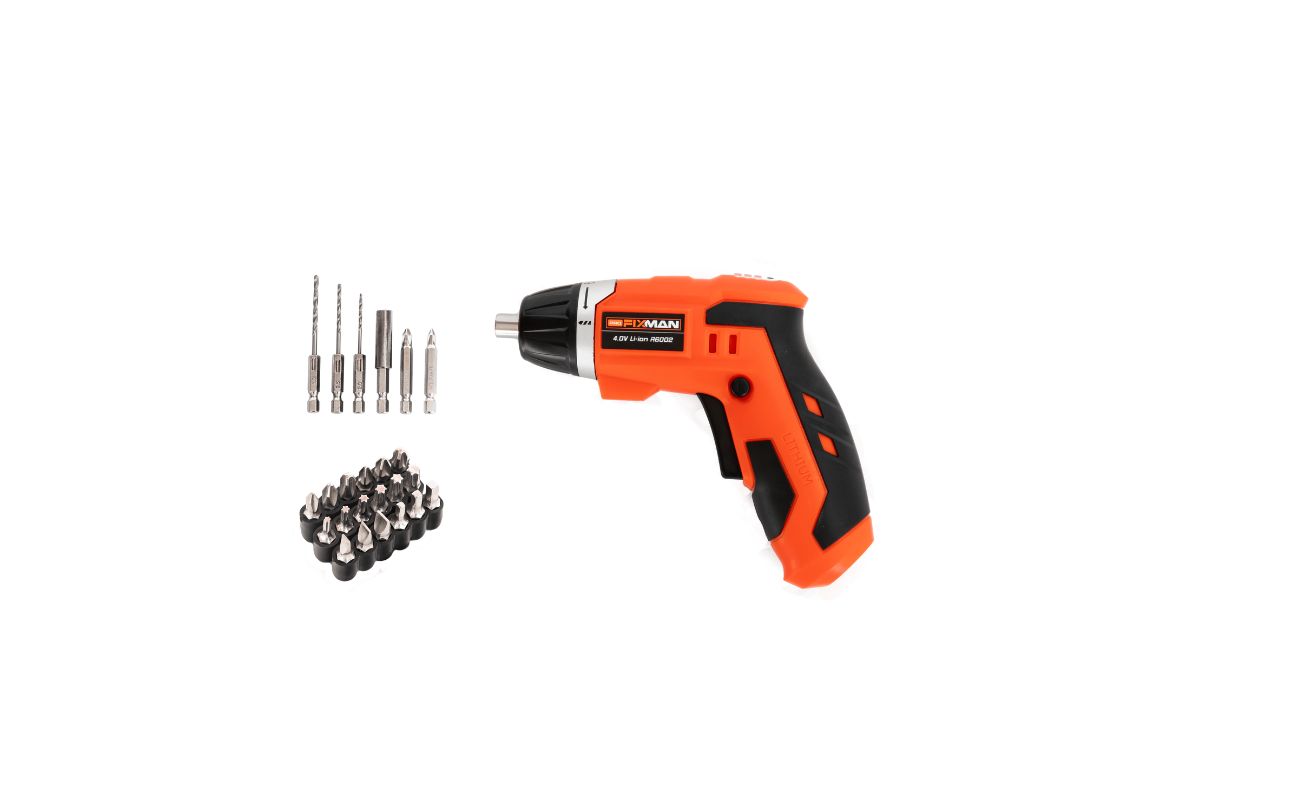
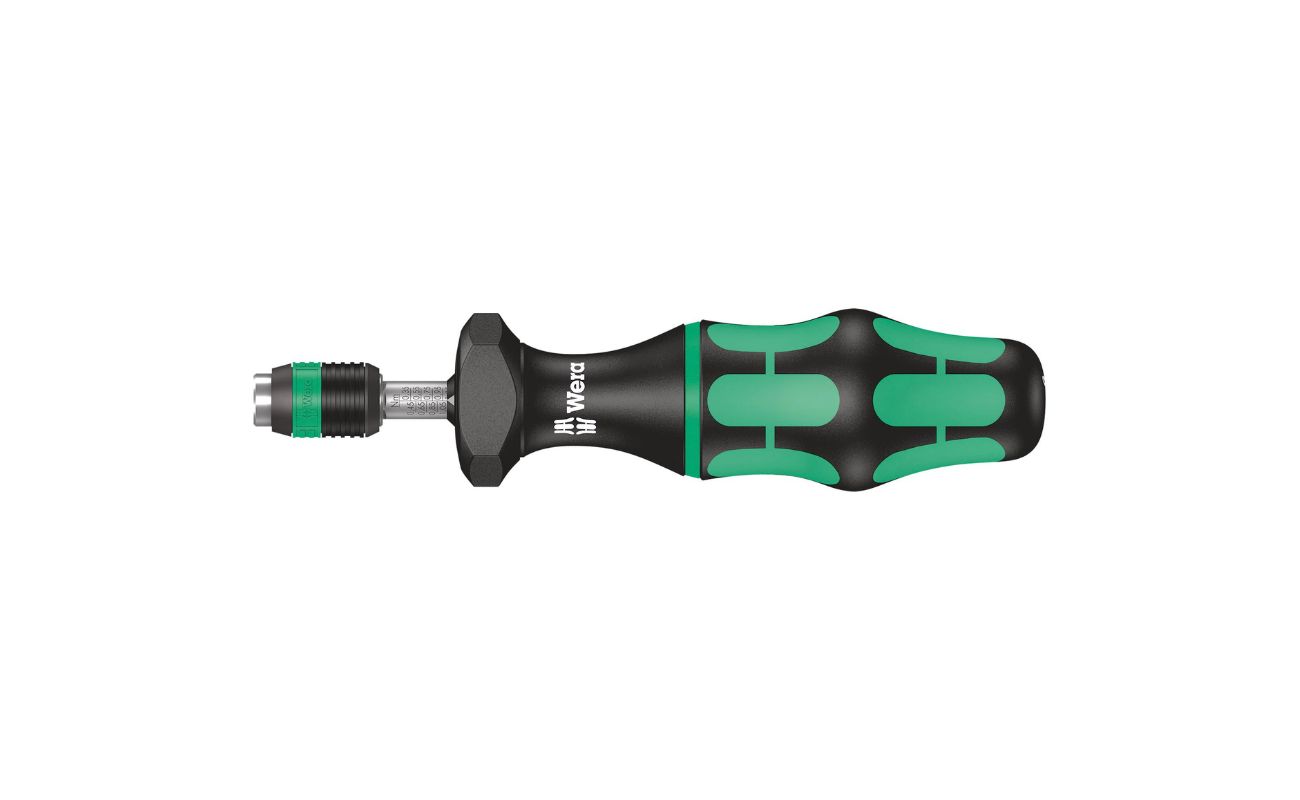
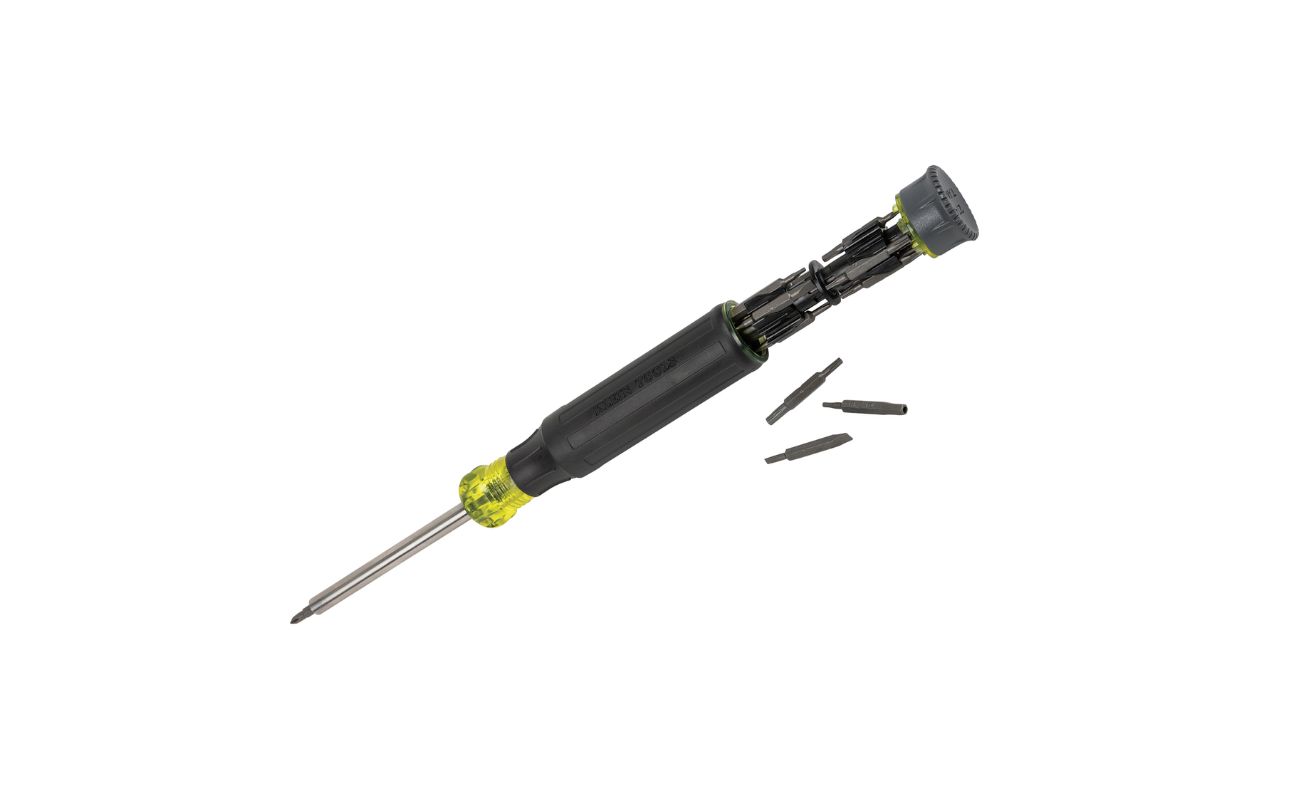
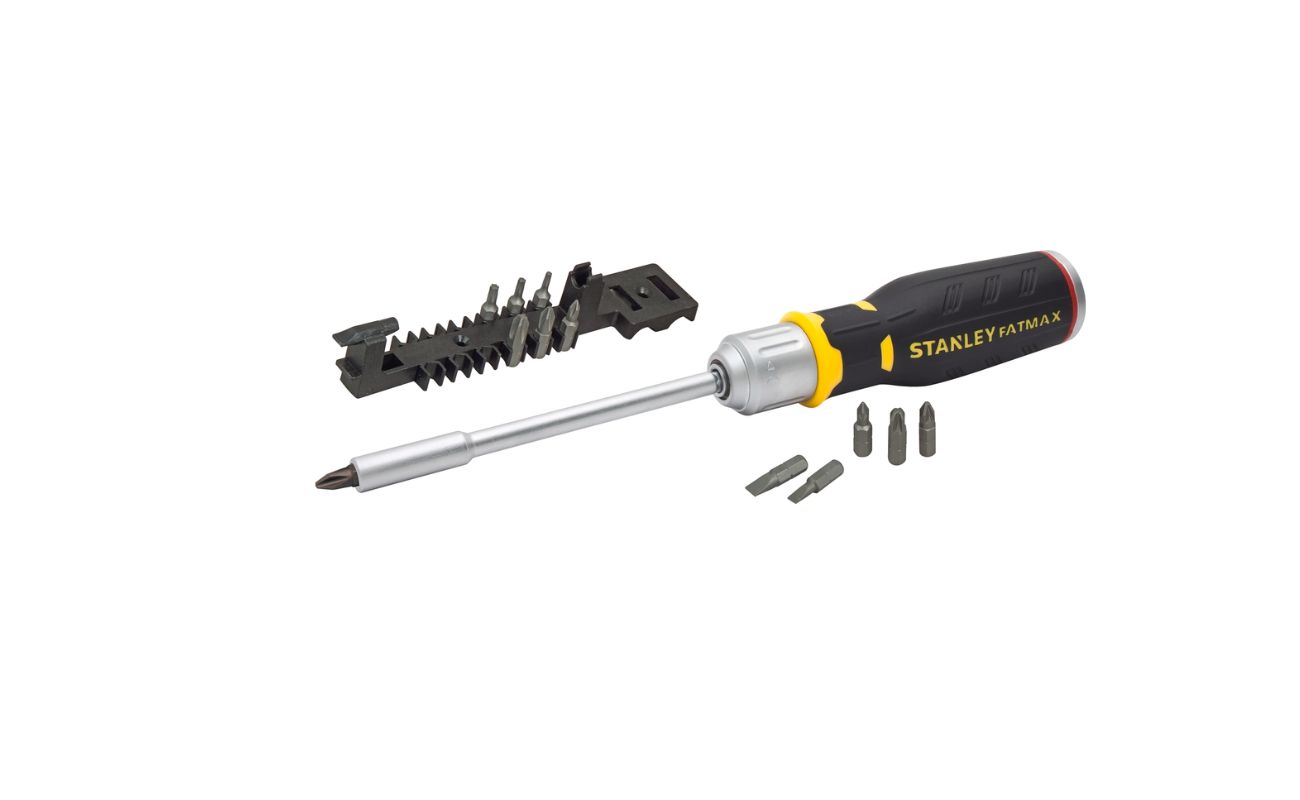
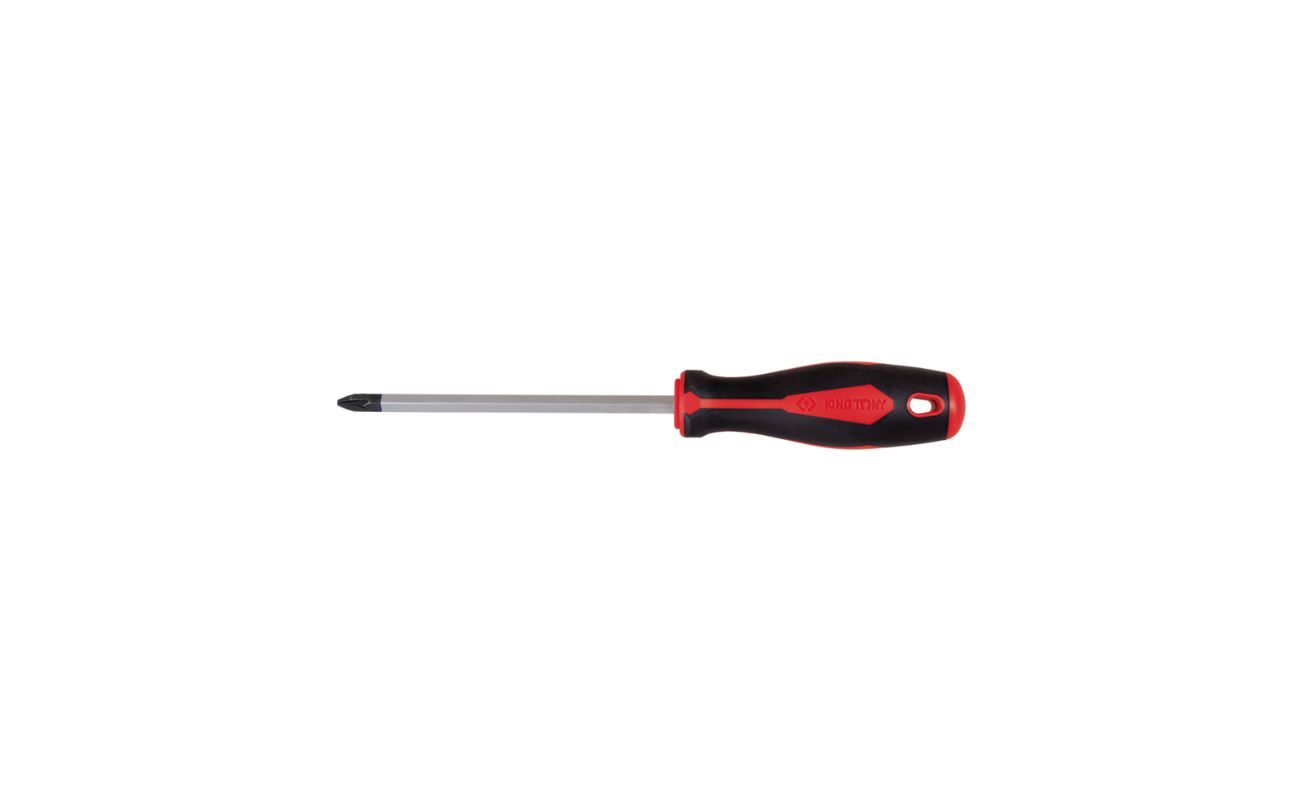
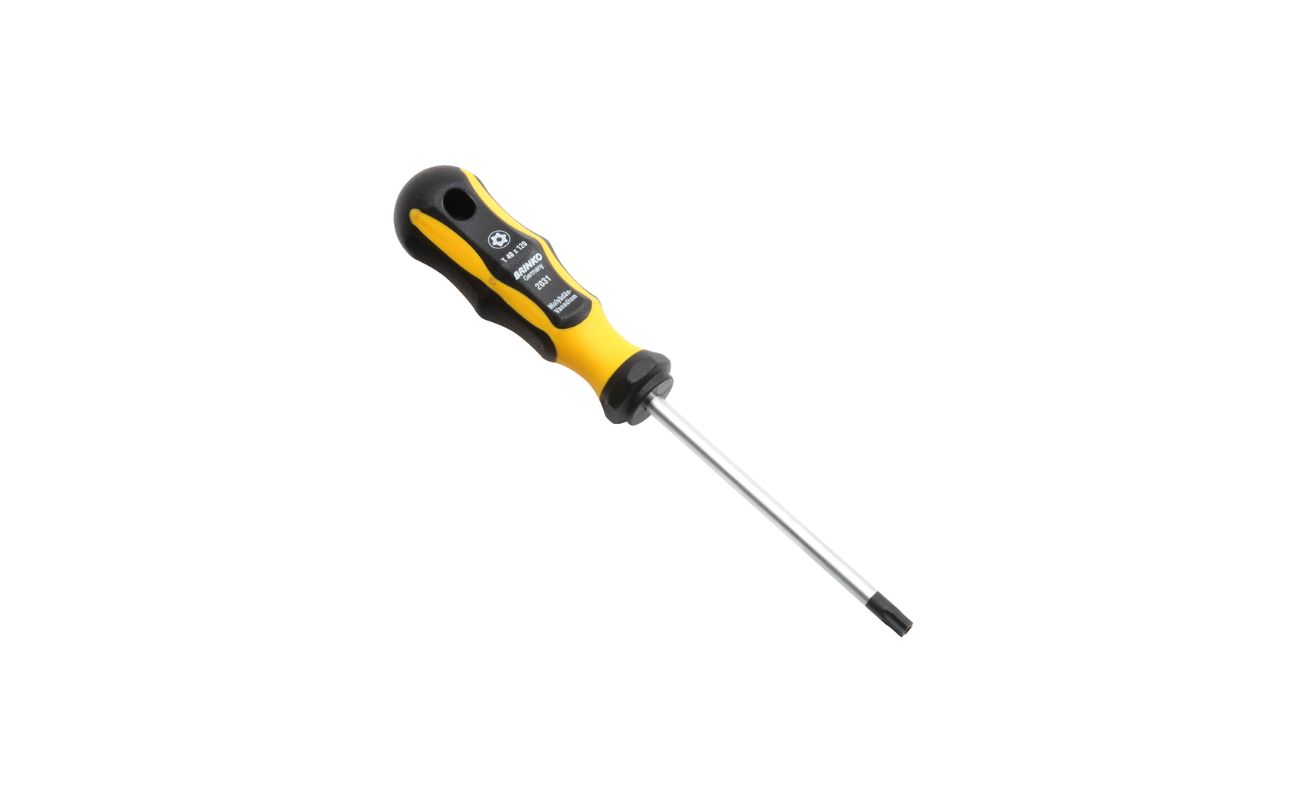
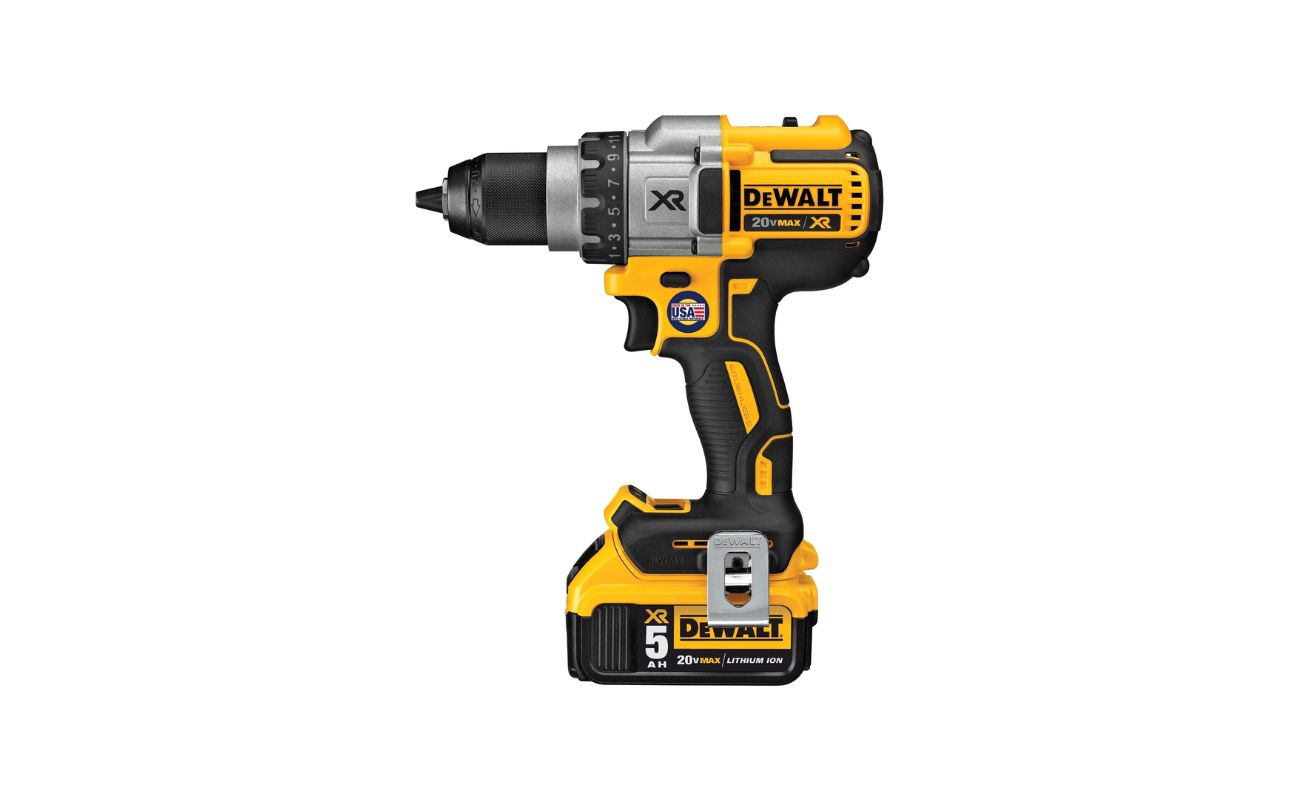
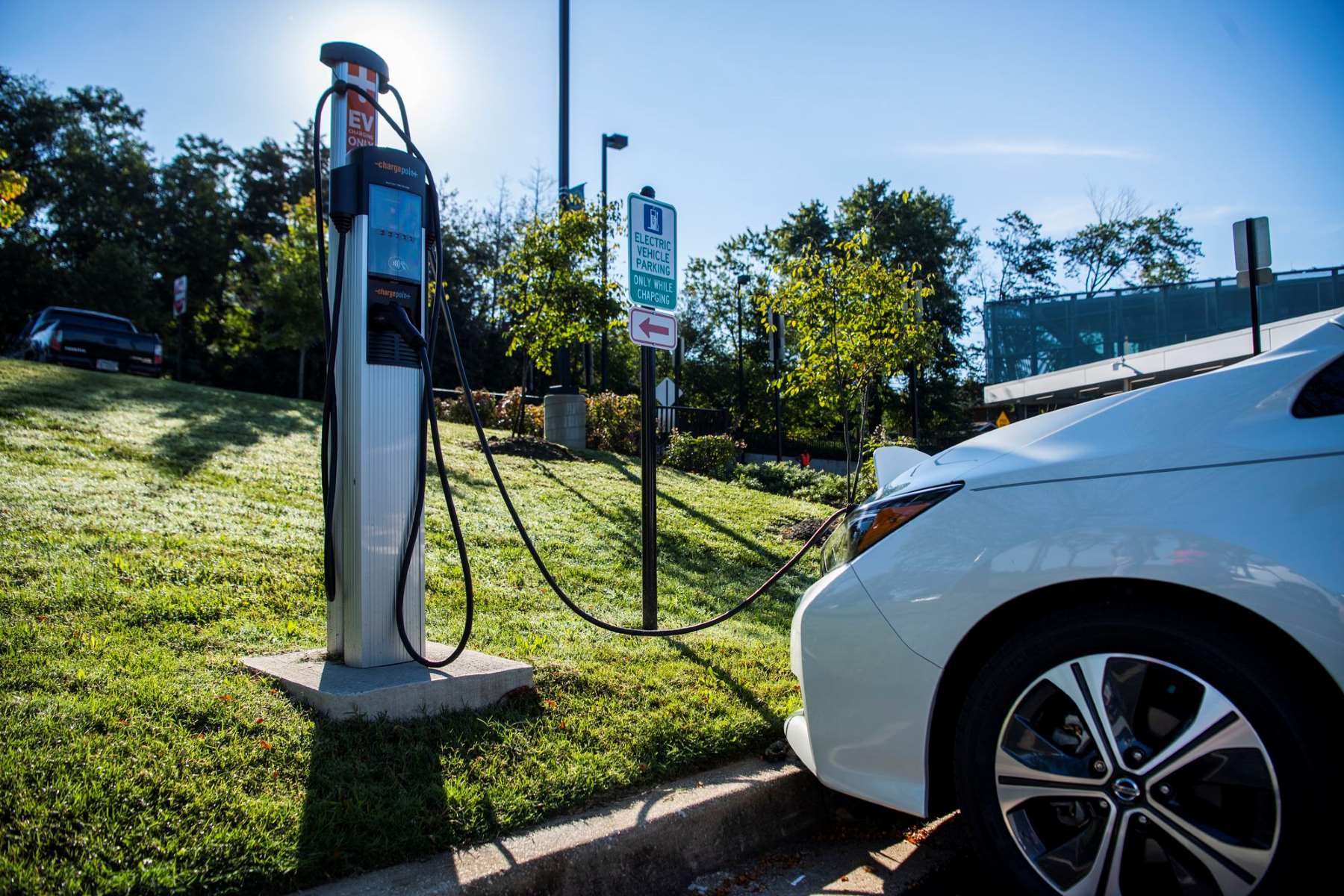
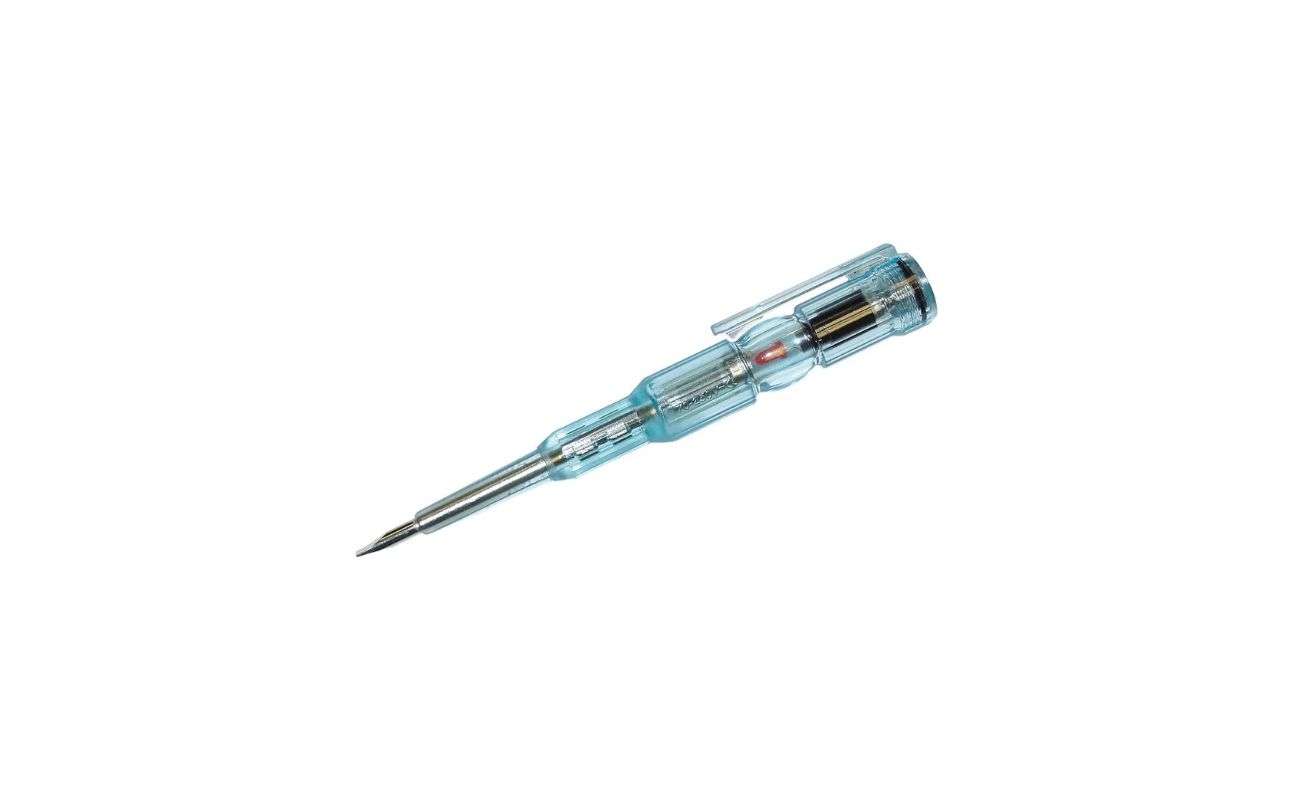
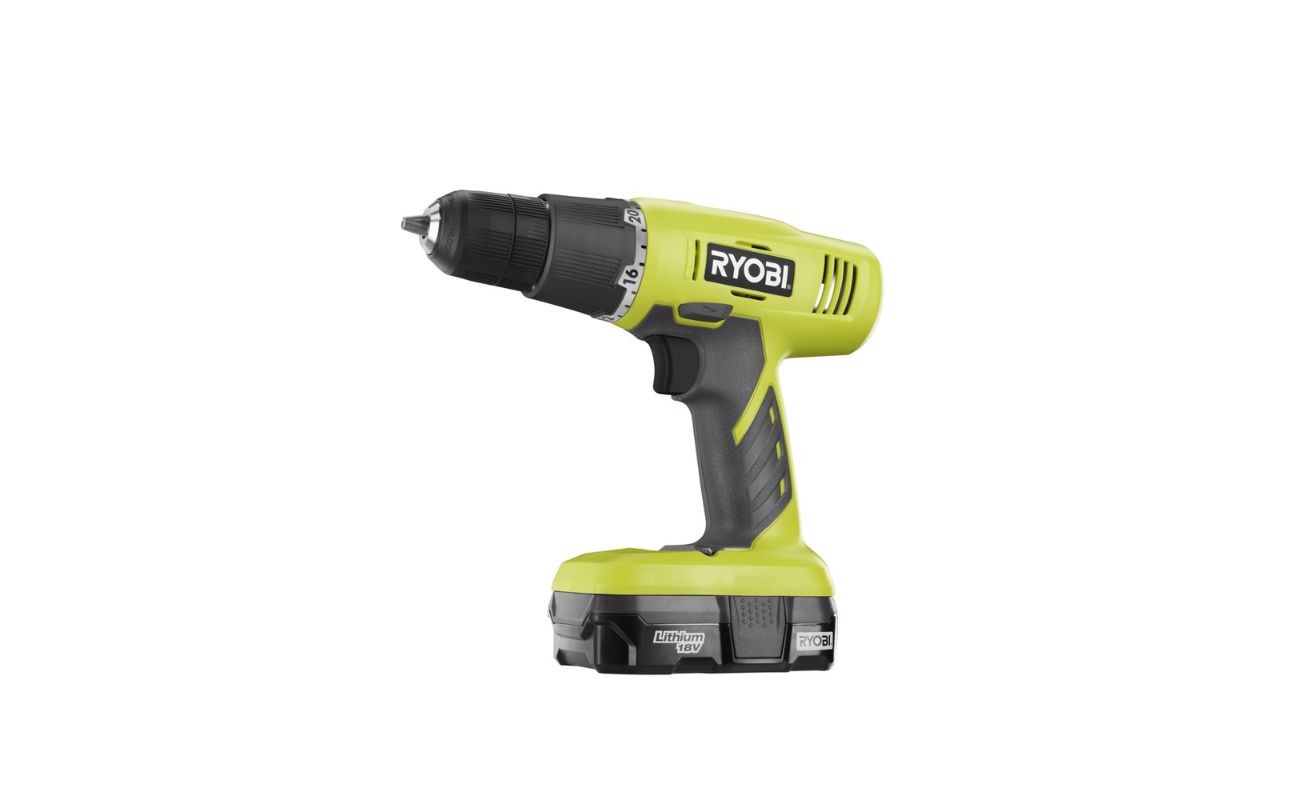

0 thoughts on “How To Use A Screwdriver To Start A Car”